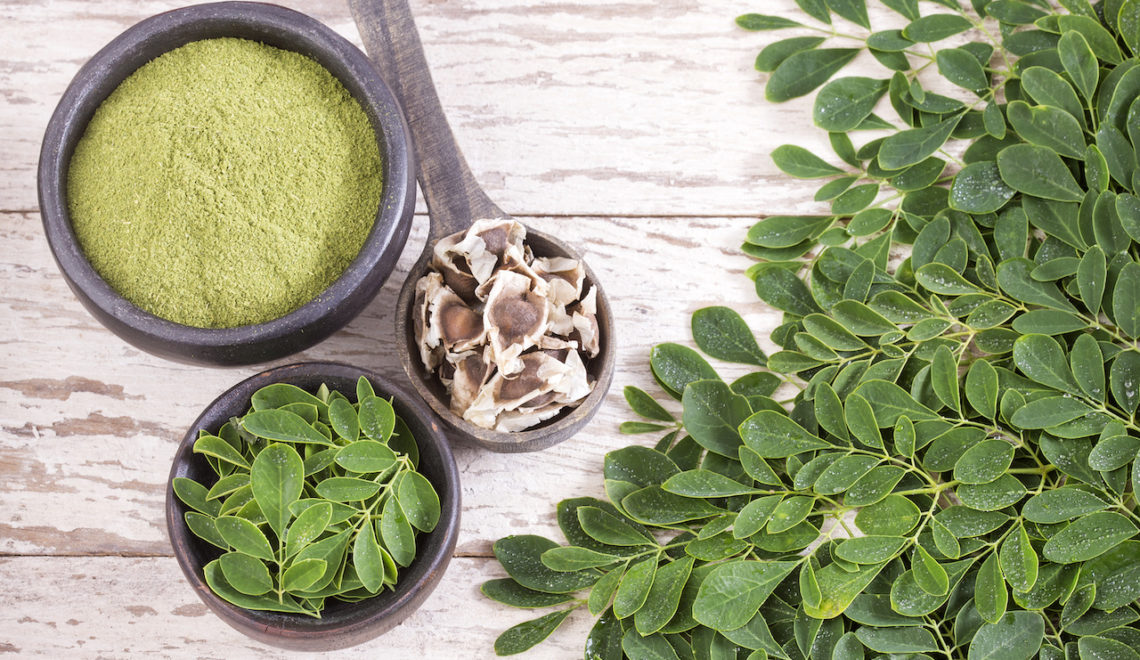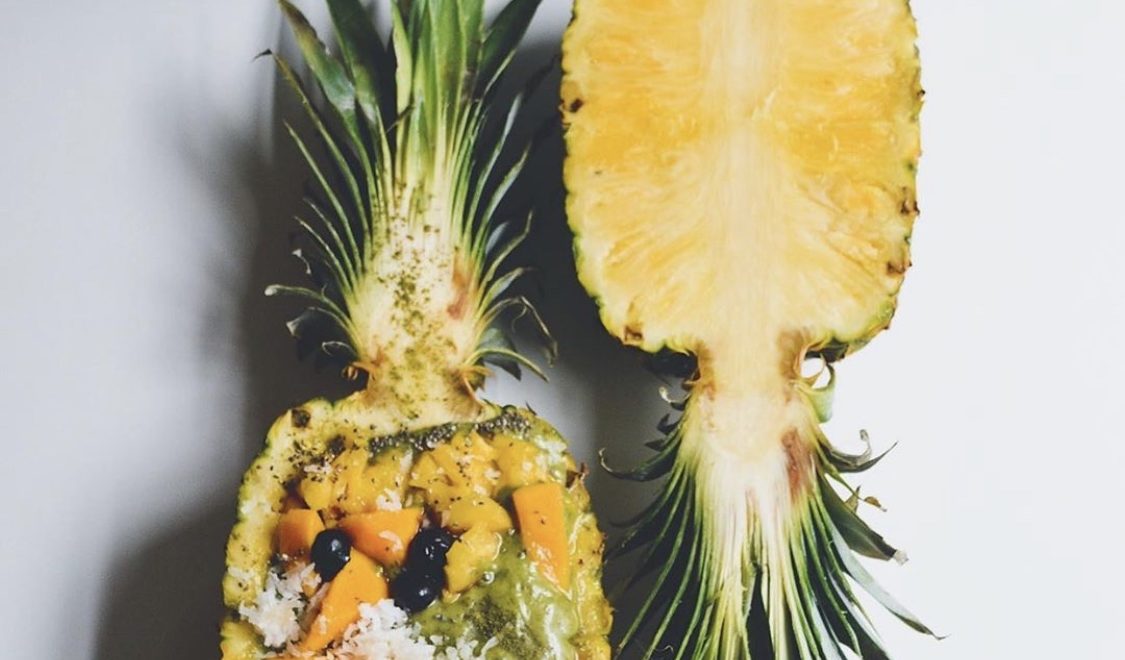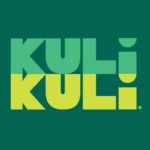
Buzzwords, instant weight loss, and cheeky marketing have left us with a society of confused and sickly individuals, not sure where to begin in their quest for better health. We have been eating out of whack, industrialized foods for long enough that our taste buds and brain cells are literally thrown off and re-trained to crave foods that are not found in nature. Literally, Franken foods, if you will.
What is my quest? To equip our society with the knowledge and how-to that is pertinent to turning this backwards world that we live in back to where it belongs. To cease the disease that so many bodies face in this day and age. This vicious cycle is actually something that can be prevented in countless numbers of ways, but takes two very important parts an equation; knowledge and application. So let’s start with some of the foods I am surrounded by in the rural city of Reque, Peru.
Chirimoya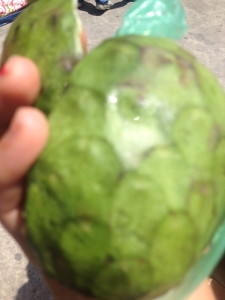 This is a fruit that is said to be native to the Andes. It looks like a ninja turtle on the outside, and the most delicious custard-banana-like insides. This fruit is high in fiber and Vitamin C. It also contains several poly-phenolic antioxidants among important cytotoxins that have been found to have anti-cancer, anti-malaria and anti-helminthes properties. The amount of sugar consumed by Peruvians of all ages is shocking. The sugar, sodas, ice cream and so forth should be ditched and replaced by Chirimoya for starters.
This is a fruit that is said to be native to the Andes. It looks like a ninja turtle on the outside, and the most delicious custard-banana-like insides. This fruit is high in fiber and Vitamin C. It also contains several poly-phenolic antioxidants among important cytotoxins that have been found to have anti-cancer, anti-malaria and anti-helminthes properties. The amount of sugar consumed by Peruvians of all ages is shocking. The sugar, sodas, ice cream and so forth should be ditched and replaced by Chirimoya for starters.
Algarrobina
Algarrobina is the fruit from the Algarrobo tree, rich in thiamine, calcium, B vitamins, potassium and magnesium. It can be turned into syrup or into a powder and is used as a chocolate replacement or drank with coffee. This is a great way to control your sugars while reaping the benefits of this wondrous plant. Not to mention, a guilt free way for all of us to dive into that chocolate craving.
Quinoa
In this crazed age of glutoids (don’t get me wrong, I am highly intolerant so I’m part of these nerds), we all are familiar with quinoa. This is a seed that is native to the Peruvian Andes and is a source of a complete protein, which is something that is not often found in nature. Quinoa is grown in the backyard of Peru and yet what you will find on all tables is white rice. This is a super food that is too expensive for most Peruvians to purchase because most of the supply is being exported.
Moringa 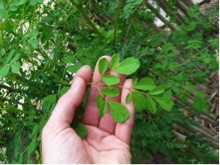 This is the same story with the Moringa tree, countries overflowing with super foods but their native people uniformed of their existence. Frankly, the irony of the Moringa trees is that they actually grow where malnutrition is most prevalent! Mother Nature had this all strategically mapped out before we all stepped foot onto this earth and instead of using what is available in the most efficient ways, we have turned everything backwards and made it into a hierarchy of malnutrition.
This is the same story with the Moringa tree, countries overflowing with super foods but their native people uniformed of their existence. Frankly, the irony of the Moringa trees is that they actually grow where malnutrition is most prevalent! Mother Nature had this all strategically mapped out before we all stepped foot onto this earth and instead of using what is available in the most efficient ways, we have turned everything backwards and made it into a hierarchy of malnutrition.
To think we could be saving money and lives if we would just take a moment and bring everything back to the simplicity of what is in front of us, we could slowly start to harness the power of nature that surrounds us. Let’s start here.


